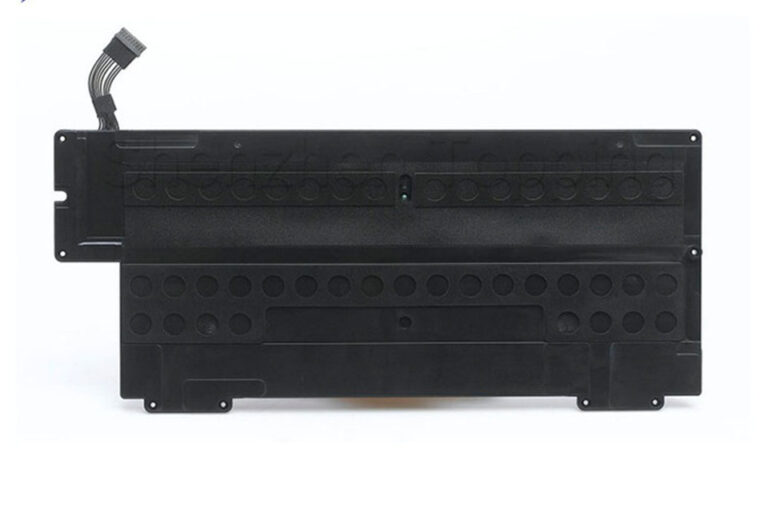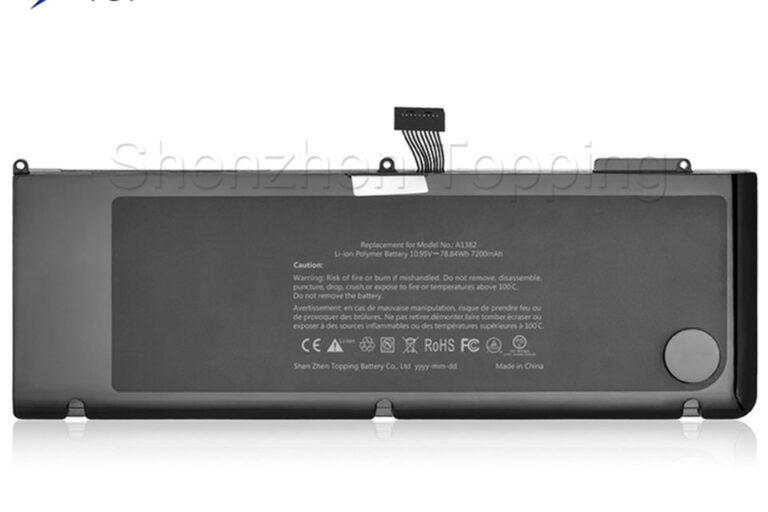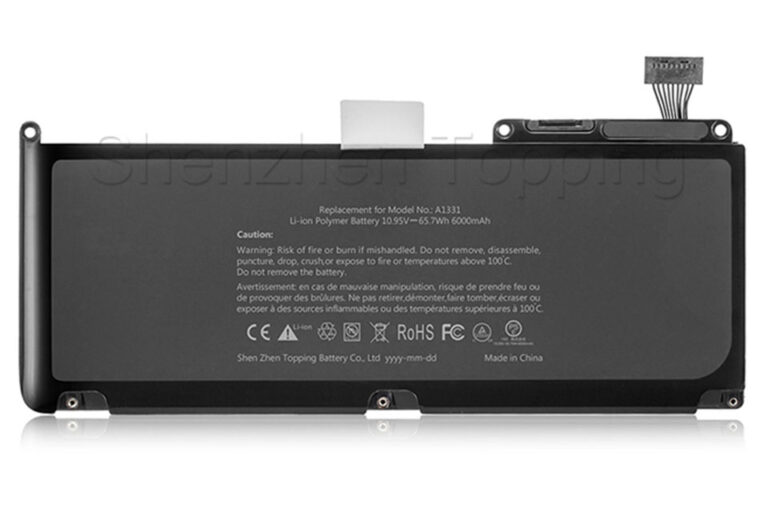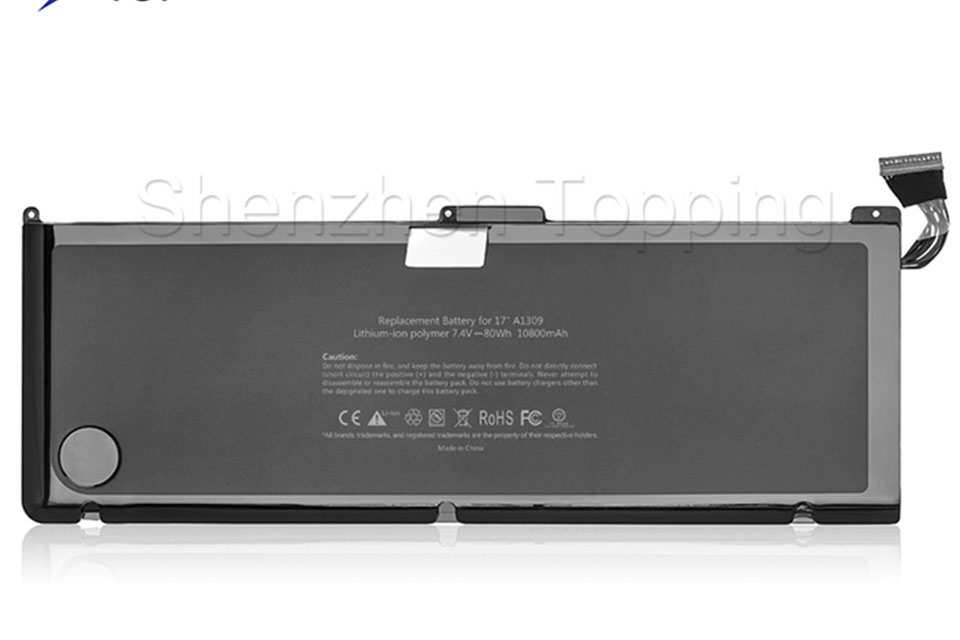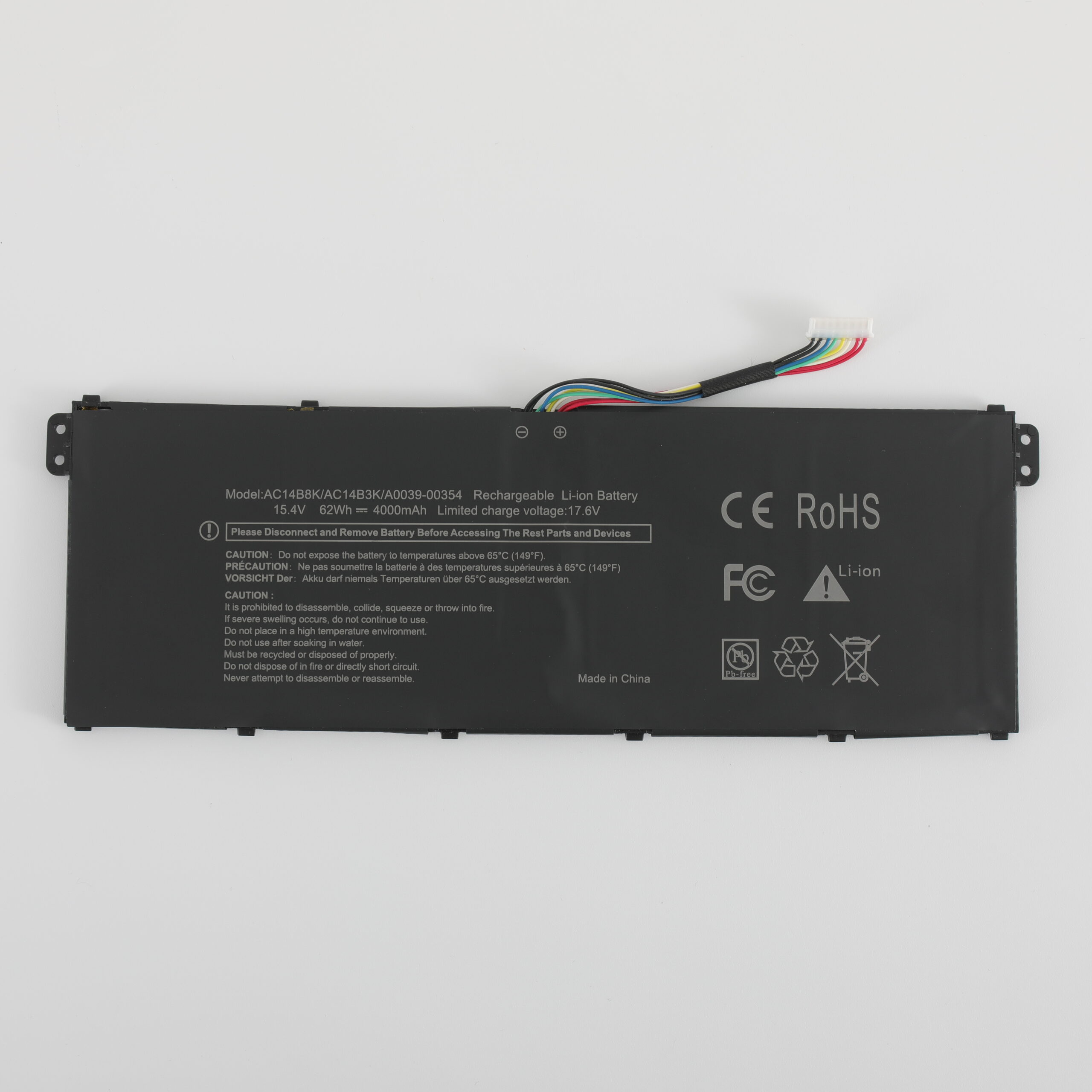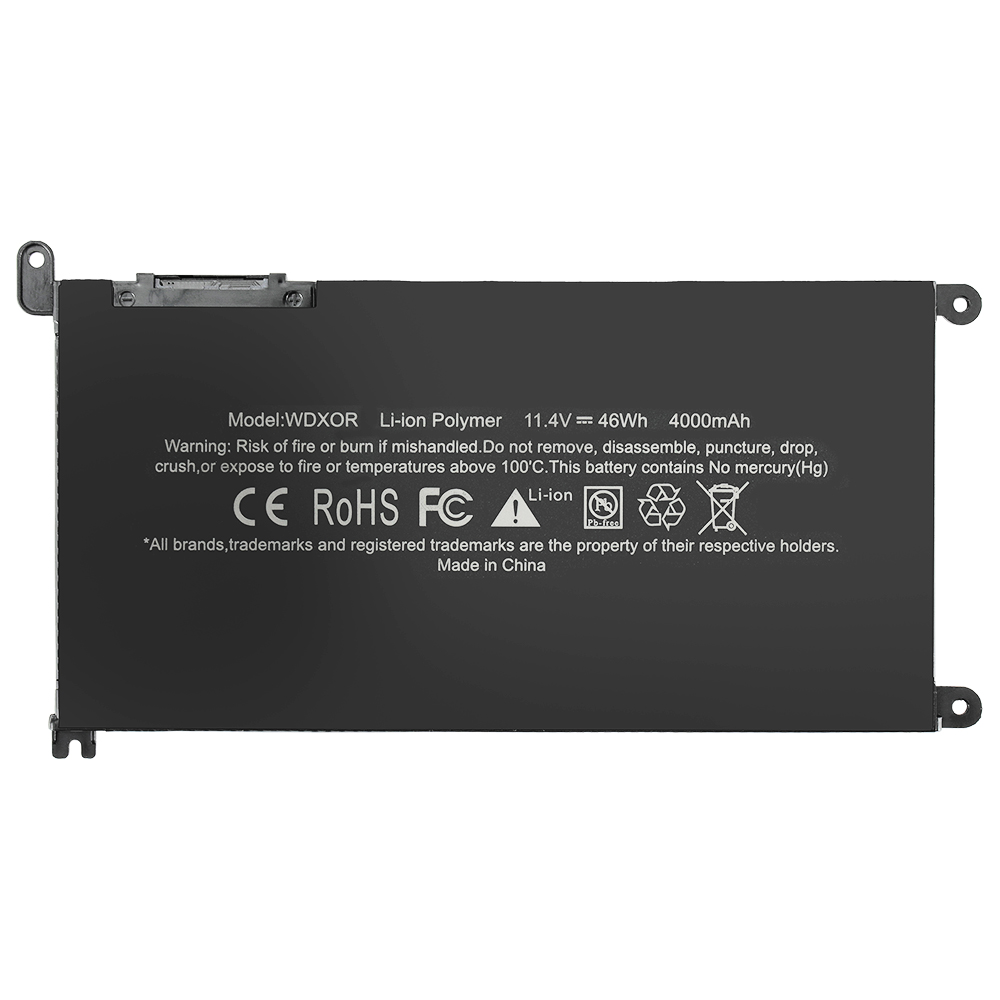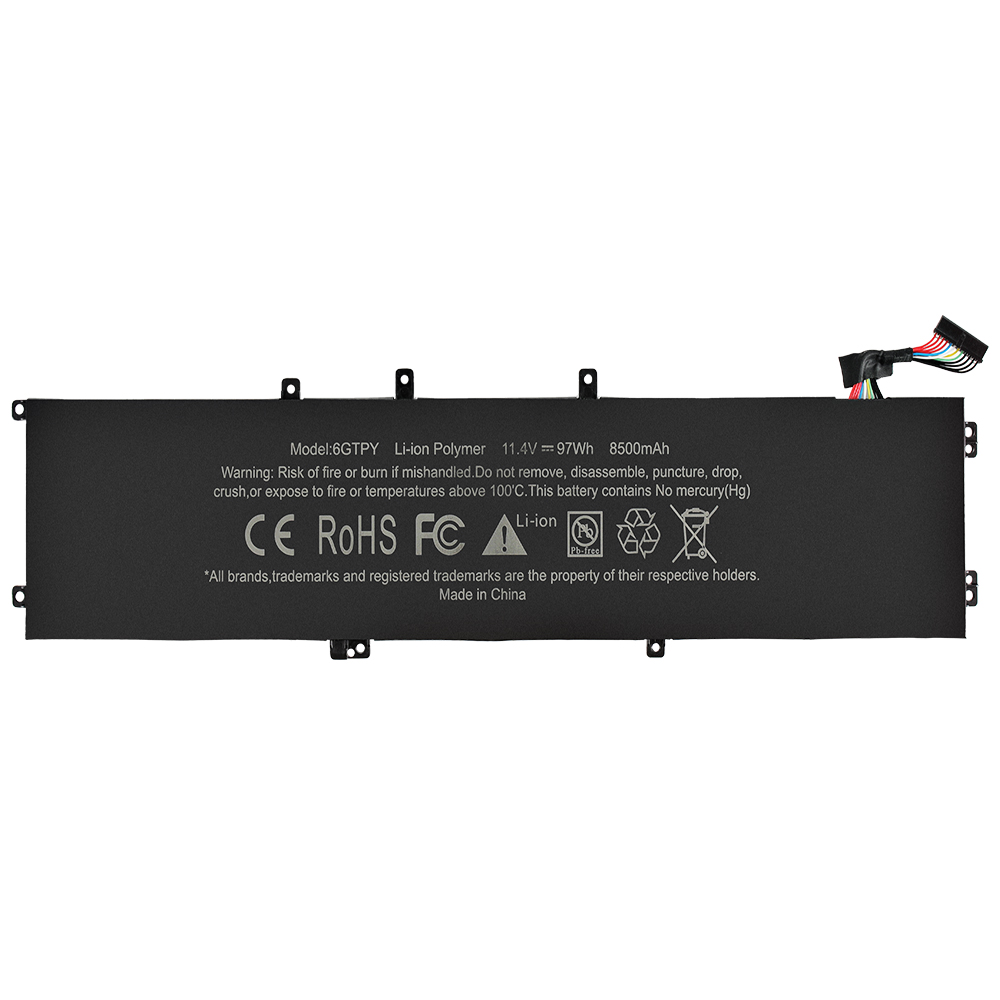-
Longshan 5th Rd, Xingsheng County,Longgang Street, Shenzhen
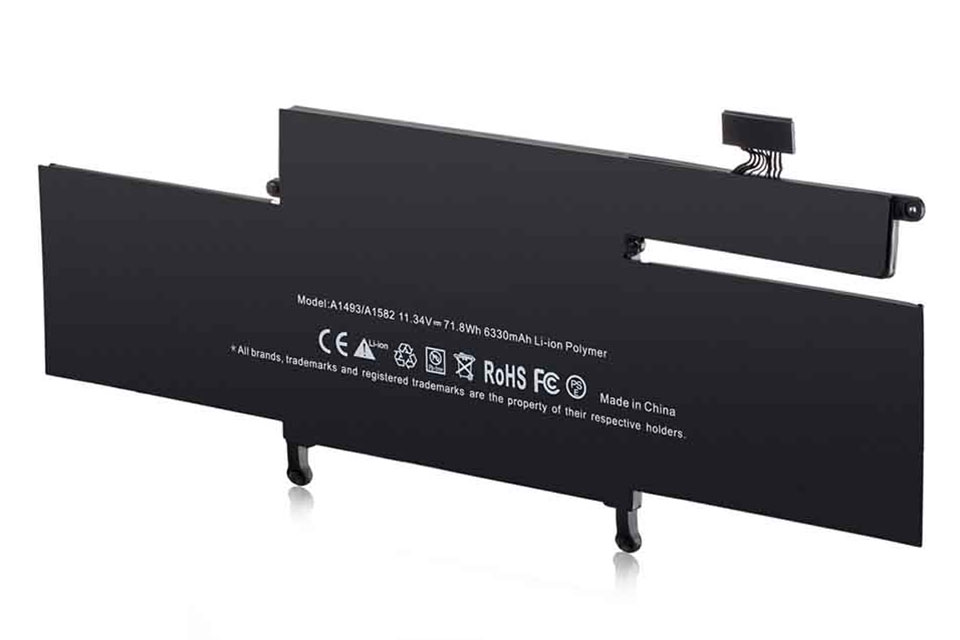
Will my laptop battery be damaged if I use it while charging?
Are you terrified to utilize your laptop computer while it’s connected in? Lots of people fret that billing and making use of their laptop computer at the very same time may damages the battery Allow’s consider what holds true and what’s not regarding laptop computer batteries and billing
Table of Contents
The Brief Response
Modern lithium-ion batteries are created to quit billing at 100% This suggests your laptop computer will not overcharge However there are still points to keep an eye out for:
- Warm is the large trouble, not the billing itself
- Making Use Of OEM power adapters is ideal for your laptop computer
- Battery Monitoring Equipment ( BMS) maintain your battery secure
If you desire your ASUS VivoBook battery to last much longer, maintain checking out for very easy ideas.
Exactly How Laptop Computer Batteries Job
Modern laptop computers utilize lithium-ion or lithium polymer batteries. These are various from old nickel-based batteries. Right here’s what makes them unique:
- They have no memory impact ( you can bill them anytime)
- They have fee controllers that avoid overcharging
- They count fee cycles to track battery wellness
When your battery gets to 100%, the billing quits immediately many thanks to the battery monitoring system This wise system functions like a website traffic police officer for power.
Dangers of Making Use Of While Billing (And Exactly How to Take Care Of Them)
| Danger Variable | Issue | Service |
|---|---|---|
| Warm accumulation | Warm batteries shed ability quicker | Usage on difficult surface areas, obtain cooling down pads |
| High CPU/GPU lots | Video gaming produces additional warmth while billing | Take time-outs, reduced setups |
| Third-party battery chargers | Can trigger voltage issues | Usage OEM adapters such as this original Lenovo battery |
| Continual 100% fee | Maintains battery at high voltage | Usage battery saver settings (restriction to 80%) |
Battery College screening revealed batteries saved at 25 ° C and 40% fee maintain 96% ability after 1 year versus just 80% at complete fee and 40 ° C.
Laptop Computer Battery Health And Wellness: Charging & Making Use Of Truths
Is it secure? What influences your battery’s life-span?
Warm is the Opponent
High temperatures (35 ° C+) considerably reduce life-span. Video gaming includes 50% even more warmth.
Prevent Extremes (0%/ 100%)
Maintaining fee 20-80% significantly decreases tension. Deep discharges trigger 3x extra damages.
Usage Initial Chargers
Third-party battery chargers can trigger voltage concerns & 30% faster destruction.
Approximated Yearly Battery Capability Loss
Tips for Longer Battery Life:
- Usage supplier’s fee restricting devices (e.g., established max to 80%).
- Maintain laptop computer cool – guarantee vents are clear, utilize on difficult surface areas.
- Stay clear of regular complete discharges (0%). Allow it release partly in some cases.
- Do not leave it connected in at 100% * continuously * in high warmth.
- Constantly utilize the battery charger created for your laptop computer (OEM).
Ideal Practices for Long-Term Battery Health And Wellness
To make your battery last much longer:
- Maintain fee in between 20% -80% when feasible
- Allow your battery diminish in some cases (not right to 0%)
- Stay clear of extremely warm areas
- Expect puffy batteries ( change today)
- Usage fee restricting devices from your laptop computer manufacturer
Numerous brand-new laptop computers like ASUS have unique battery wellness billing attributes. When activated, these devices can decrease ability loss to simply 4% annually as opposed to 20% annually with complete fees.
When to Fret
Keep An Eye Out for these indication:
- Battery drains pipes very quick
- Laptop computer obtains extremely warm
- Battery looks puffy
- Unusual sounds when billing
- Battery will not bill completely
If you see these issues, examine your battery with devices like Windows Battery Record or CoconutBattery for Mac. You may require a brand-new battery such as this ROG Zephyrus replacement battery
Frequently Asked Questions
Does gaming while charging harm batteries?
The u003cstrongu003eheatu003c/strongu003e from gaming is the issue, not the charging. Make sure your laptop has good air flow and take breaks.
Should I remove the battery when plugged in?
Most u003cstrongu003emodern laptopsu003c/strongu003e don’t let you remove the battery. This isn’t needed anyway because of the u003cstrongu003ebattery management systemu003c/strongu003e.
Do charging habits affect warranty?
Using u003cstrongu003enon-OEM chargersu003c/strongu003e can void your warranty if they damage your laptop. Stick with the charger that came with your laptop for best results.
Trick Takeaways
- Safe to utilize while billing: Yes, with correct air conditioning and initial battery chargers
- Avoid: Obstructing air vents, inexpensive battery chargers, allowing battery die totally
- Ideal technique: Maintain battery in between 20% -80% for longer life
Warm generation throughout billing is your greatest adversary. The deepness of discharge ( just how reduced you allow your battery go) likewise matters a whole lot. Examinations from Battery College reveal that partial billing is better than complete billing and releasing.
Did you recognize that the College of Michigan discovered that deep discharges ( listed below 10%) reason 3 times extra damages to your battery than partial cycles?
If you require a brand-new battery for your laptop computer, seek one with great coulombic performance and interior resistance scores. A high quality substitute like Dell’s original batteries will certainly consist of correct voltage policy and security attributes.
Keep in mind – contemporary laptop computers are created for pass-through billing, where the fee discontinuation methods allow you utilize your laptop computer connected in without injuring the battery. Simply be wise regarding warmth monitoring and you’ll be great!


